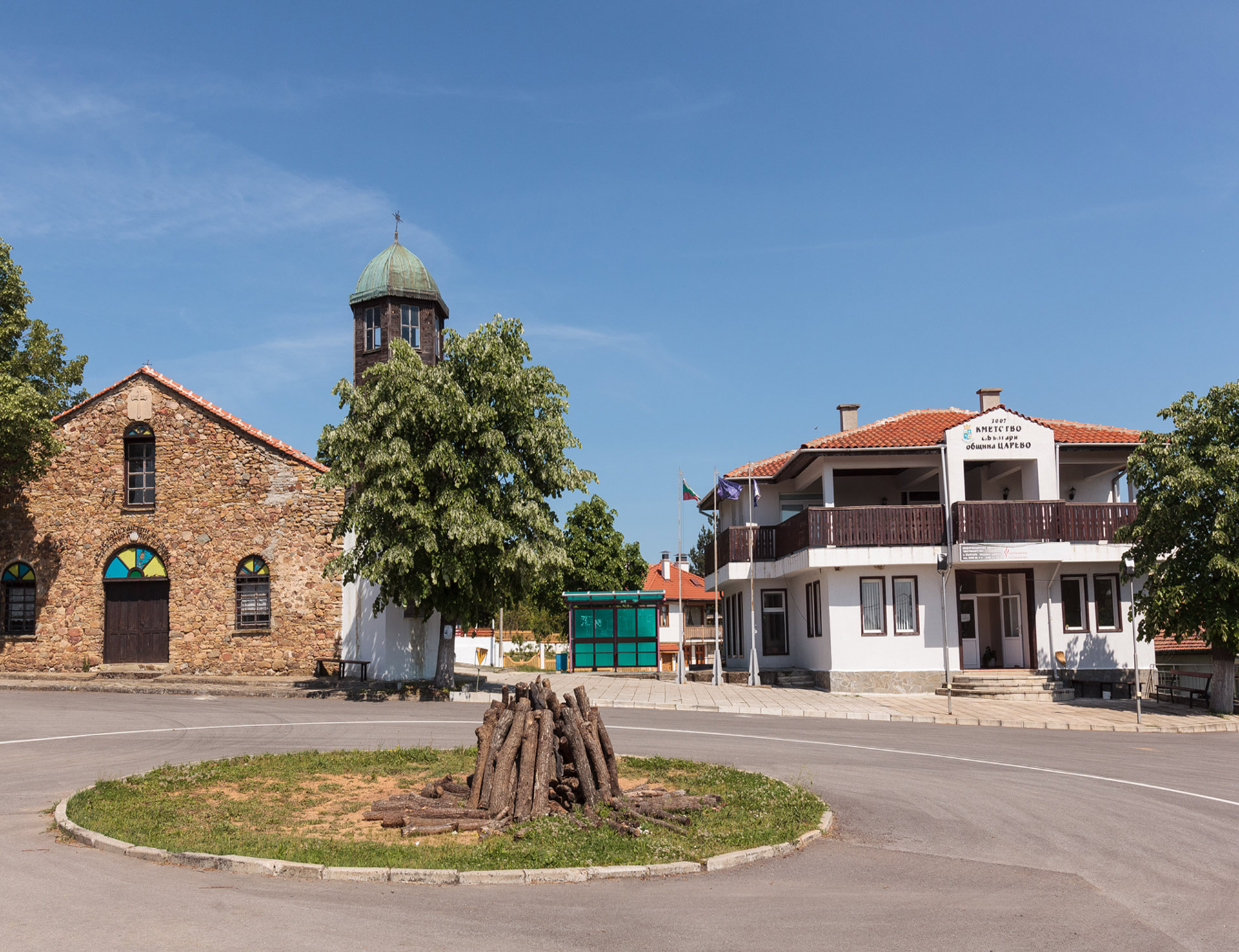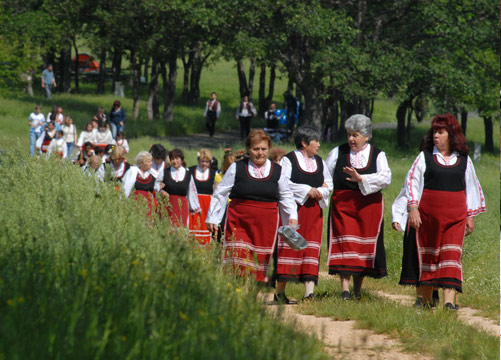
Fairs and Festivals
Share our holidays
Kukerovden and Palikosh – they are celebrated in the Kosti and Brodilovo villages, as well as in Malko Tarnovo seven weeks before Easter.
Filek (Youth Spring Games) – a folk ritual, performed only in Rupska Strandja. Youth Spring Games are performed one week before Easter. This ritual is nowadays performed in Malko Tarnovo and Brashlyan village.
Indipasha – a worship ritual, performed on an ancient Thracian consecrated ground five days after Easter. People offer sacrifices and perform the “washing away” ritual with yazmenska water (holy water). It is visited all year round.
 Festival of Rhododendron Ponticum – in May (the flowering period of the Rhododendron ponticum), in different settlements on the territory of Strandja Nature Park.
Festival of Rhododendron Ponticum – in May (the flowering period of the Rhododendron ponticum), in different settlements on the territory of Strandja Nature Park.
Festivals of the Literature and Arts for Children and Adolescents – the last week of May, in Tsarevo.
St. Trinity – flexible holiday, 50 days after Easter. It is the holiday of Evrenozovo village.
Worshipping procession of the five fire-dancing villages near the Big Ayazma (Great Holy Spring) – the last Sunday of May, before June 3rd. Starting points – Gramatikovo, Slivarovo, Bulgari, Kosti, and Kondolovo villages.
Fire-dancing ritual – June 3, Bulgari village
The direct cultural continuity carried out in Strandja is the reason for this acting pagan ritual to preserve its main features to this day. More than two millenia ago, the Thracian kings were also high priests, the only ones who had the right to contact the gods, to offer prayers and to ask them questions, and to be deified after their death. Before entering the holy place, the king-priest danced with his closest artistocrats – his initiates. Only he danced over the live coals of the fire, burning at the gate of the heroon (the temple of the heron – the royal predecessor). Stepping into the fire connected him to the gods, so that he could consult with them. After this contact, he would stand in front of his people and announce the divine will and providence.
Certain ancient elements of this ritual could be seen in the fire-dancing games in Strandja today. Only the initiated, the people possessed by the spirit of the saint, dance over the live coals. Among them, only the main male or female fire-dancer, carrying the icon of the deified Tsar Konstantin – the heron – can make contact with him and send the pleas of the people. Only he or she can give back the answers to those who expect them. He/She is the resurrected Thracian king-priest in the role of a mediator – an intermediary between two world and chief oracle.
The amazing fire-dance in Bulgari village today is just a legend from those ancient festivities and rituals. However, the great fiery mystery keeps its magnetism even today.
 St. Constantine and Helena – May 21 (new style), June 3 (old style). It is the holiday of the city of Ahtopol, and Bulgari and Stoilovo villages.
St. Constantine and Helena – May 21 (new style), June 3 (old style). It is the holiday of the city of Ahtopol, and Bulgari and Stoilovo villages.
National singing competition “Strandja Sings” – every 4 years, Gramatikovo village, in the beginning of June.
St. Iliya – July 20. It is the holiday of Byala voda, Gramatikovo, Kosti and Stoilovo villages.
Worshipping procession to the cave-shrine St. Marina – July 30 (old style), Slivarovo village.
Week of the Sea – the first week of August, Tsarevo, Ahtopol.
St. Pantaleon – August 9. It is the holiday of Brashlyan, Brodilovo, Kalovo and Slivarovo villages.
National commemorative gathering in Petrova niva area, in honor of the Ilinden-Preobrazhnie Uprising (1903) – the penultimate week of August.
Cultural festivals of Malko Tarnovo – seven-day cultural events in the last week of August.
Festival of the honeydew honey – the first ten days of August, Tsarevo.
Traditional Ahtopol Evenings – the second week of August, Ahtopol.
International folk music festival “Eurofolk”– the last week of August, Tsarevo.
International swimming marathon – the last week of August, Tsarevo.
Apollonia – festivals of the culture and arts, beginning of September, Sozopol
Mother of God – August 28. This is the holiday of Malko Tarnovo (part of the Cultural celebrations of the city) and Mladejko village.
